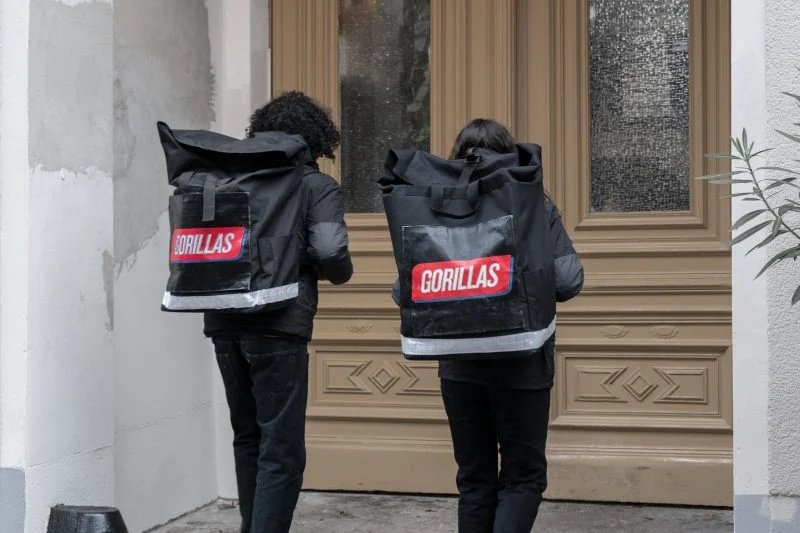Bitcoin is a decentralized digital currency that was created in January 2009 by Satoshi Nakamoto. Besides this full name, the identity of this person is still a mystery to this day. Unlike government-issued currencies, bitcoin has no central authority (builtin, n.d.).
Data storage
Bitcoin makes use of a technology that is called blockchain. Blockchain is a specific type of database. A database is a collection of information that is stored electronically on a computer system. A key difference between a regular database and a blockchain (database) is the way data is stored. As the name suggests, a blockchain stores information in blocks. Each block can hold a limited amount of information, when filled with information, the block is chained onto the previously filled block. In the case of bitcoin, every ten minutes one block is added to the already existing chain of blocks. This is shown in the figure below.

Since the launch of bitcoin back in 2009, 703854 blocks have been created (19:51 06-10-2021) and added to the chain (blockchain.com, n.d.). By the time you read this, more blocks have already been added and you can check the block height out yourself using the link below the article. Besides the information inside each block, each block is also given an exact timestamp. As such, the blockchain is a timeline with records of all information additions, changes, or mutations during its lifetime. In the case of bitcoin, we could go back to block number 1 and see the information in this block. This information is shown below (blockchain, n.d.).

As this is the first block ever created, there is only one transaction that occurred in this block. It shows that 50 bitcoins (BTC) were sent from COINBASE to address 12c6DSiU4Rq3P4ZxziKxzrL5LmMBrzjrJX. If you look at a more recent block, block 500000, we can see a lot more activity. 2700 transactions are recorded on this block (blockchain, n.d.). A subset is shown below.

Here we can see transactions that happened in this block. The top lines show that 0.0804 BTC was transacted from 1LwjoEwYeJXCwBJMeBcojarLp1fgxrPnoZ to 3FnRwsKbyBDUrAdU9KHziTUVnLVdUQVJrs and 5.44 BTC from the same address to 1DQUovque483G1qogond 6ar2jekVbBbQoa. Below this transaction, two other transactions and the addresses that were involved in these transactions are also shown.
It is quite remarkable that a random stranger like me can easily find which transactions happened multiple years ago. This feature makes bitcoin and blockchain technology very transparent. This property among many others, makes me believe that bitcoin and blockchain can have a significant impact on how data is stored on databases in the future.
If you are interested in looking at the block height yourself or search for the transaction in a specific block, you can use this link: https://www.blockchain.com/explorer?view=btc.
References:
blockchain.com. (n.d.). Bitcoin explorer. Retrieved October 6, 2021, from https://www.blockchain.com/explorer?view=btc
builtin. (n.d.). Blockchain Technology Defined. Retrieved October 6, 2021, from https://builtin.com/blockchain


